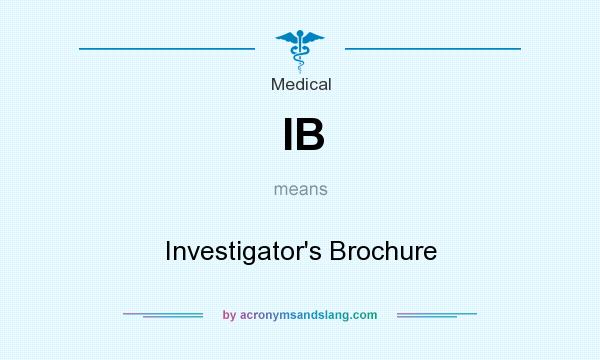Investigator’s brochures (IBs) are meant to be a living document, updated at least once a year to keep up with progress and developments in the trial.
But scheduling and drafting updates can prove challenging, says Tiffany Guckin, associate director of regulatory affairs for Invicro, an imaging services and software company.

The FDA doesn’t stipulate when investigators and sponsors should submit updates to their IRBs and the agency, but it does require sponsors to submit an annual report to the agency within 60 days of the anniversary of the date an IND became active. Scheduling the two updates together in advance is an efficient way to keep reporting requirements on track, she says.
Most of the information in a clinical trial’s annual report is contained — often in greater detail — in the investigator’s brochure, so it makes sense to produce those documents in parallel, Guckin says. She notes, however, that an IB would need to be updated immediately if any crucial safety-related information came to light.
Beyond timing, Guckin says investigators often struggle with keeping IB updates clear and concise, balancing the need to provide all the relevant information with the need to produce a document that an IRB can quickly and easily digest. She suggests including with each IB revision a brief, easy-to-read summary of changes since the last iteration of the brochure. This summary can perform double-duty, she adds, as it can likely be copied and pasted directly into the annual report. She also suggests investigators track changes to make it abundantly clear what has been revised in the new version of the brochure.
Lindsay McNair, chief medical officer for WCG, agrees that transparency is key. “When an IB is revised,” she advises, “provide a clear notation of what data or sections have been changed or updated so the reader knows what to focus on, especially when assessing whether the risk profile has changed.”
As an investigative product moves through development, McNair says, it’s important to revise the sections of the IB containing clinical and non-clinical study results, rather than simply flooding those sections with more data. As the results of more studies become available, investigators can offer a brief summary of past results that have become comparatively less important. For instance, the results of single-dose animal toxicity studies can be minimized once data from chronic-dosing studies are available, she says.
McNair, who has served on a number of IRBs, says sponsors also could be clearer about which possible adverse events would be considered “expected” when drafting the original IB. The regulatory guidance says that serious adverse events will be considered unexpected — thus triggering the filing of an IND safety report to the FDA — if they’re not listed in the IB. “Which sounds straightforward,” she says, but can be “surprisingly hard to determine in practice.” Often, an IB will include safety data on the product related to other conditions, or in combination with other drugs, which may have different expected safety profiles.
Guckin emphasizes the need for coordination and interdepartmental cooperation when preparing annual reports and IB updates. “I suggest that if you have multiple IND applications, you send the due dates out to all the involved departments at the start of the year,” so they can be prepared for regulatory affairs to reach out to them for information.
And when an IB is updated, the newly revised document should be sent to all clinical site investigators involved in the trial.
